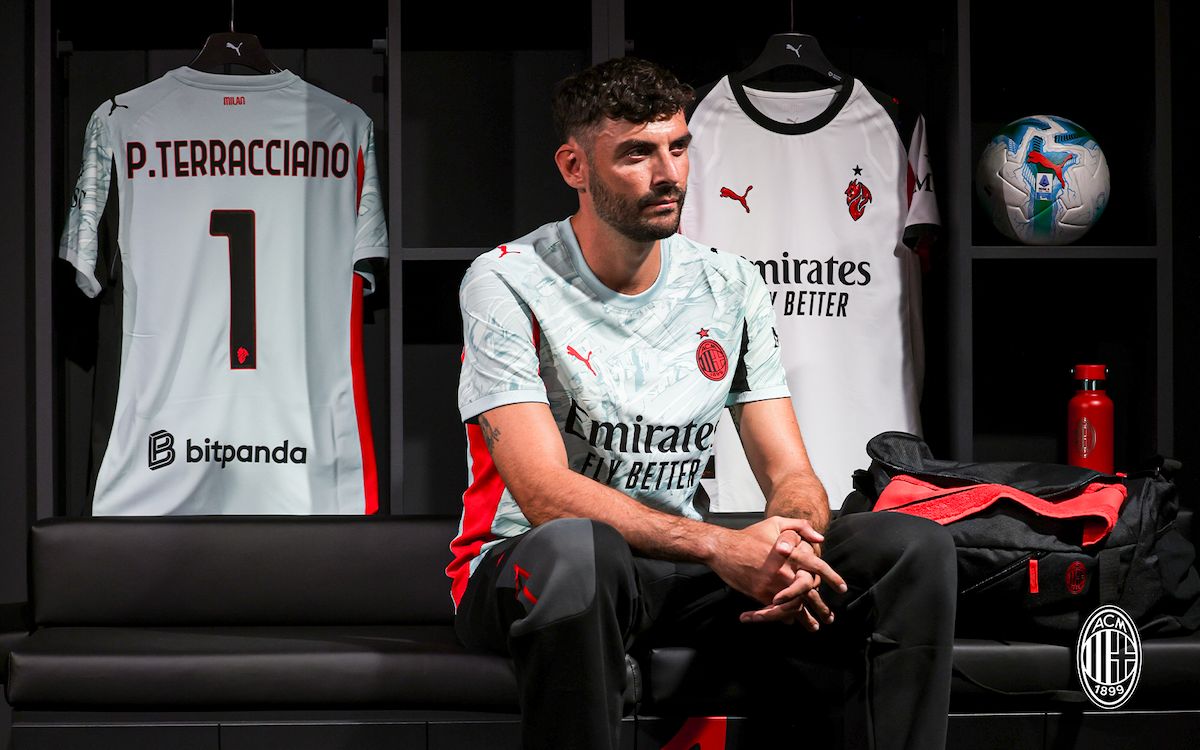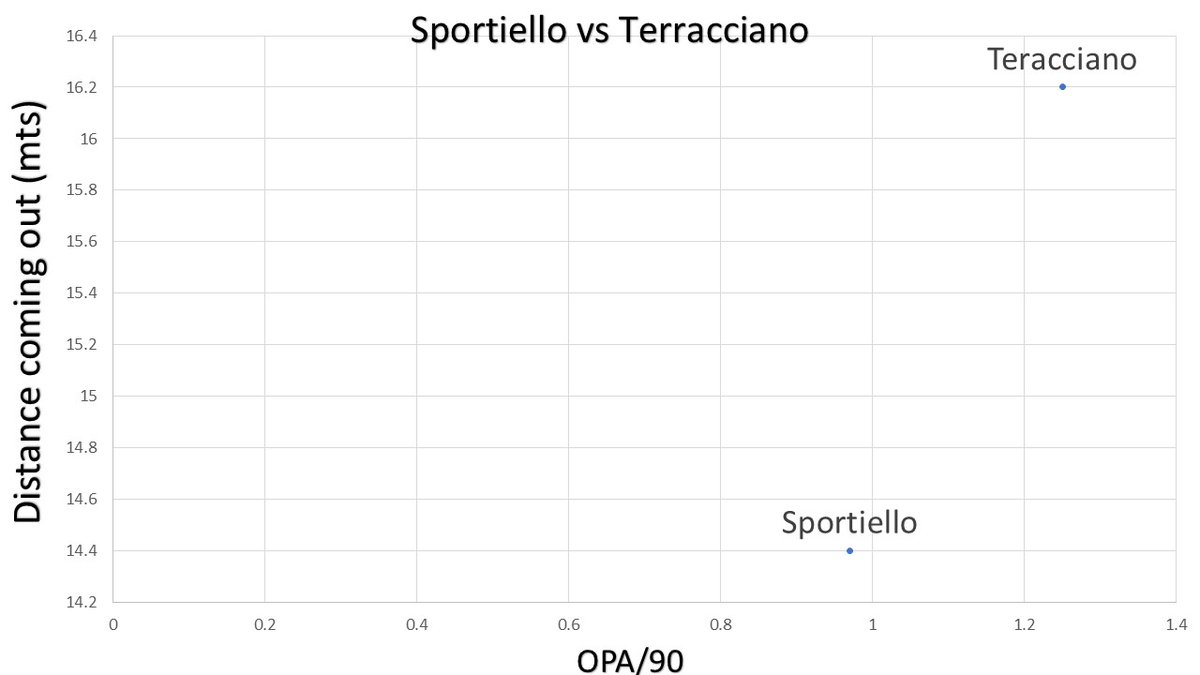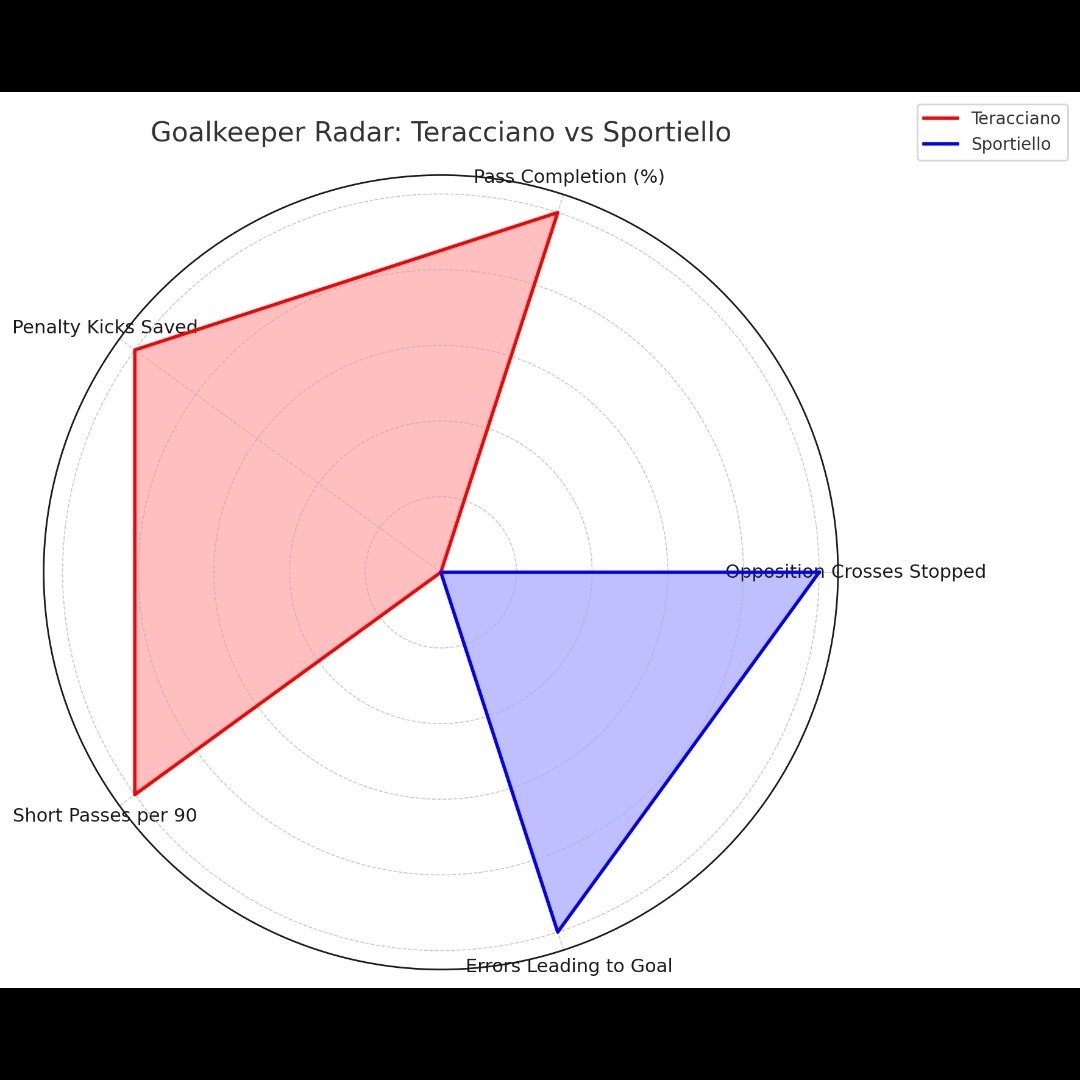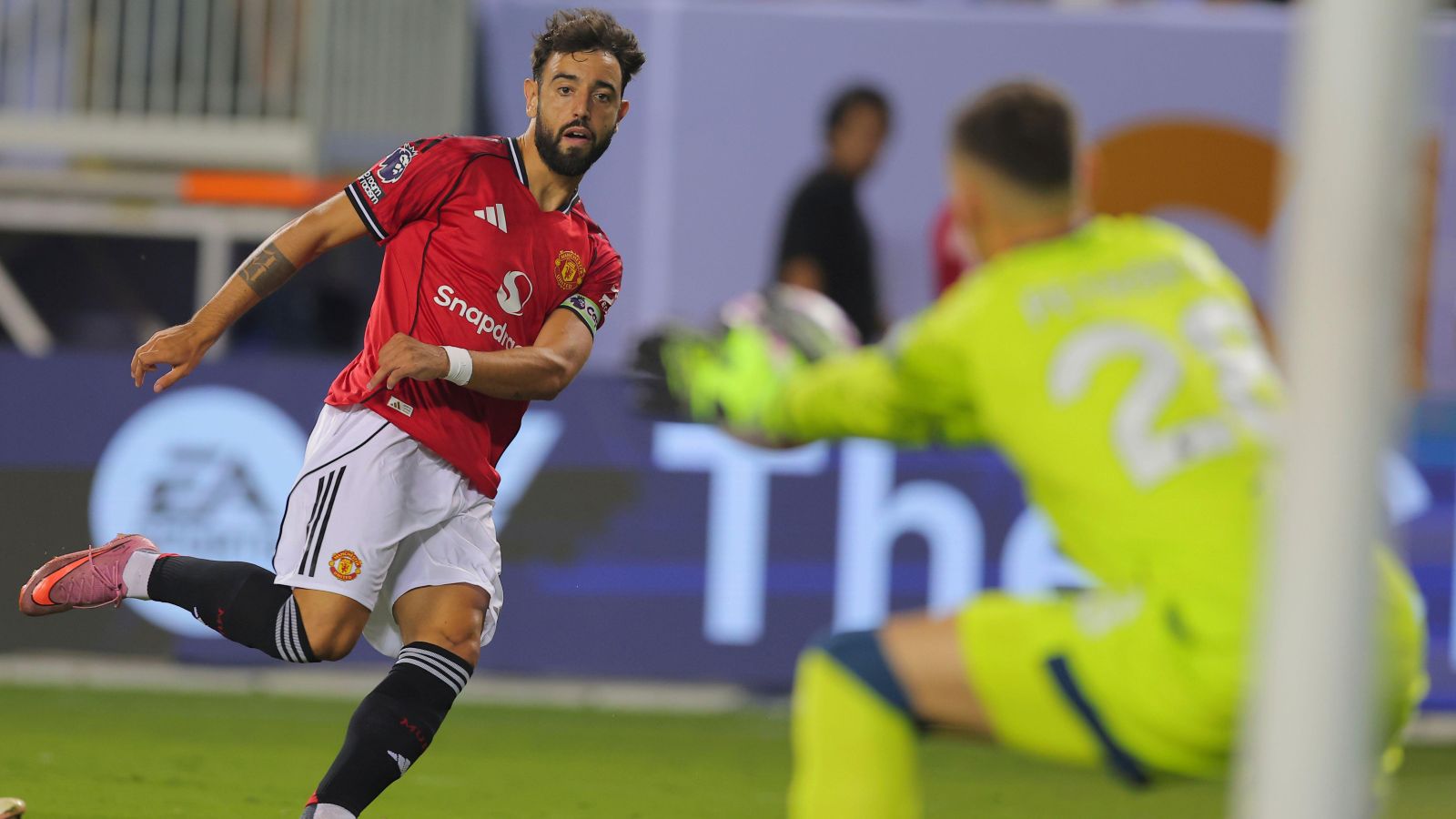Pietro Terracciano became AC Milan’s third signing of the summer transfer window earlier in the week, signing from Fiorentina.
Admittedly, the sale and signing of a back-up goalkeeper will never be one that dominates the front pages and fans can be forgiven for not flocking to YouTube to watch as much footage as is out there of the new addition.
Nonetheless, the deputy to Mike Maignan has taken on quite an important role in recent years given the Frenchman’s unfortunate frequent injury issues. They were not quite so prevalent last season (though there was a worrying head injury), but having a reliable option to put between the posts is crucial.
So, what can Milan supporters expect from Terracciano? We have taken a look at the 35-year-old’s career to date after the deal was made official on Thursday nightand the data with it.
Back story
Having been born on 8 March 1990 in San Felice a Cancello, down near the boot of Italy, Terracciano’s first club while a youngster was Avellino, not too far from his hometown.
He made the switch to Nocerina at the age of 19 and would spend his second season there out on loan at Lega Pro Seconda Divisione side Milazzo. Then, after two years in Campania, he made the permanent switch to Catania in June 2011.
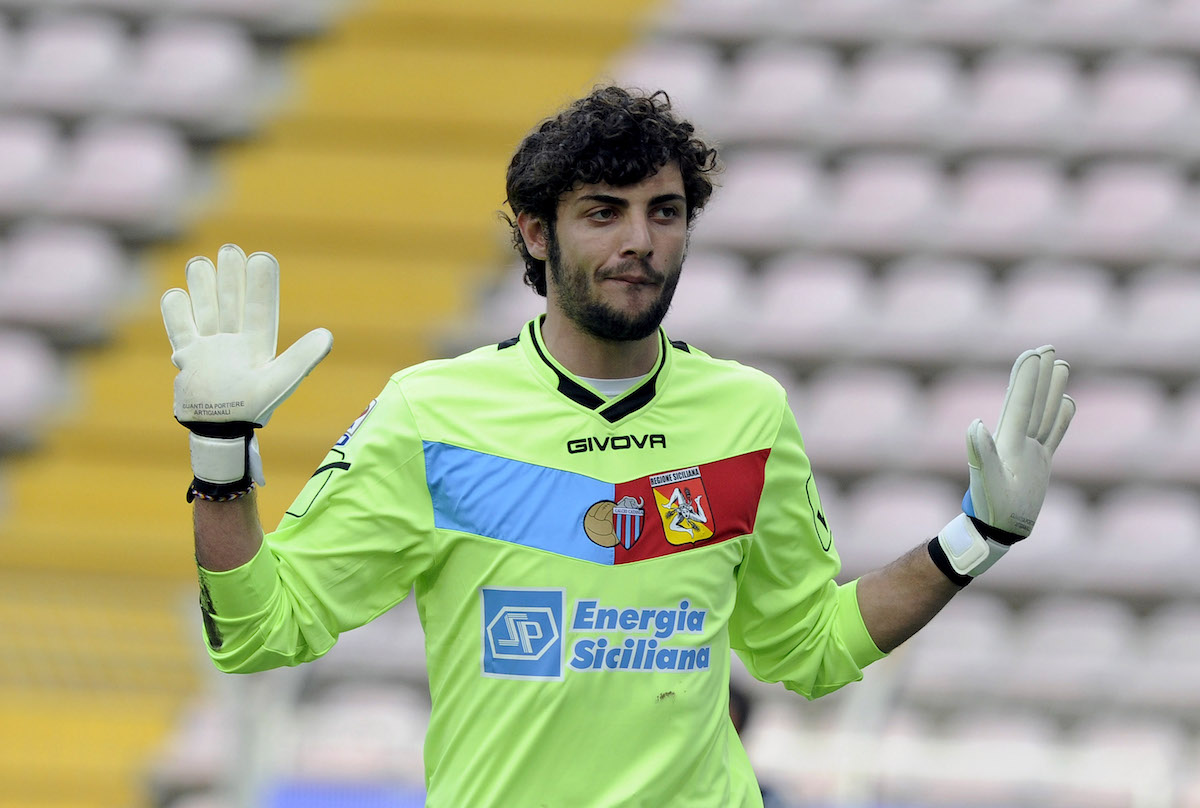
Terracciano was the fourth-choice goalkeeper for the Sicilian side though, behind Mariano Andújar, Andrea Campagnolo and Tomáš Košický. Despite this, in April 2012 he made his senior debut, with the new keeper Carrizo having been shown a red card.
After being the third choice going into the 2012-13 Serie A campaign, Terracciano signed for his old club Avellino on a season-long loan deal with an option to buy. That wasn’t activated and thus he was farmed out again to Salernitana from 2015 to 2017 on a two-year loan.
In January 2019 and after a loan spell with Empoli, the big break came for the Italian as he joined Fiorentina on loan until the end of that season. After six months La Viola had seen enough and they signed him permanently, in a swap deal for the Polish goalkeeper Drągowski.
After a few seasons as a back-up for Fiorentina, Vincenzo Italiano’s arrival as the head coach in 2021-22 proved to be another turning point. Over the next three seasons, Pietro became Fiorentina’s first-choice goalkeeper and played a key role in the club’s return to European competition.
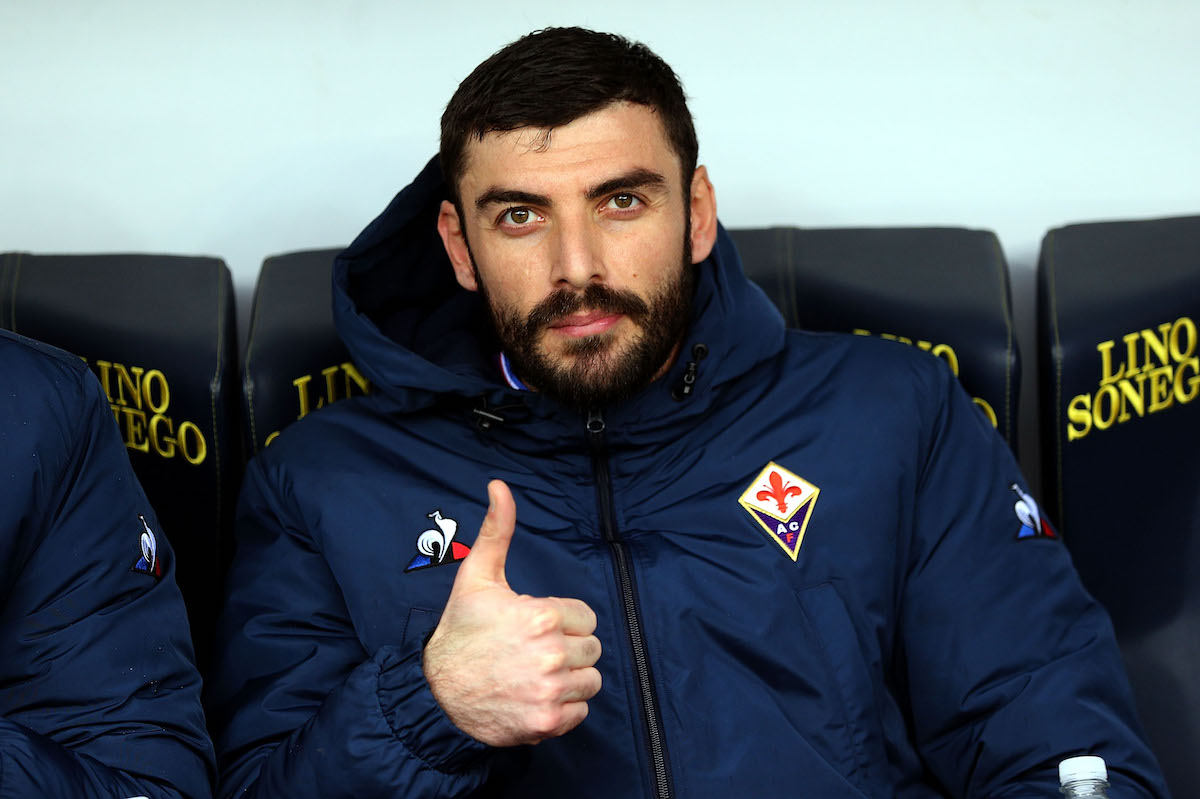
La Viola actually made it to three finals across the Coppa Italia and Conference League under Italiano and with Terracciano as the starter. They did not win any of them but became a consistent presence in European competitions.
He also got some individual acclaim as the then-33-year-old was named in the Conference League Team of the Season for 2023-24. David De Gea’s arrival saw the hierarchies change, though, and Terracciano was back to the familiar role of deputising.
Strengths and weaknesses
It can be quite difficult to highlight the particular positives and drawbacks of a deputy goalkeeper, both because they fall into similar categories of being solid in some areas and poor in others, and because of the limited sample size.
However, with Terracciano, Milan have actually secured a goalkeeper who was a starter for years at Fiorentina before the arrival of David De Gea, and that has to mean something.
The Italian has often shown himself to be proficient in shot-stopping, with excellent reflexes to get down low while off-balance. This is something that predecessors like Ciprian Tatarusanu have been lacking in.
🧤 Which goalkeeper impressed you the most? 🤩
1️⃣ Pietro Terracciano
2️⃣ Konstantinos Tzolakis
3️⃣ Simon Mignolet#Uecl || #UECLsaves || @Ukentrise pic.twitter.com/xEufkK9rGx— UEFA Conference League (@Conf_League) May 9, 2024
Moreover, Terracciano – despite being 35 years of age – is actually more of the modern mould of keeper, in the sense that he is composed in possession.
With Maignan between the sticks, previous coaches have placed an emphasis on him being the first option when it comes to building from the back. The Frenchman has often effectively played as a centre-back, allowing full-backs to invert and the midfield to push up.
Terracciano is not quite at the level of Maignan’s ball-playing ability, yet in an ideal world you want the deputy to have a similar skill set so – if called upon – the team feel more comfortable with the back-up in place.
Another aspect of Terracciano being a modern goalkeeper is the fact that he is capable of sweeping when needed. He can be quick off his line (although that would be expected to decline with age) and is very much the last line of defence in that sense.
Perhaps the biggest advantage though is one that fans will not see much of, and that is his experience in the dressing room which will be important in mentoring some of the younger goalkeepers, such as Lorenzo Torriani and Noah Raveyre.
Being 35 you would expect a dip in agility and/or reflexes, but as ScoutingStats writes: “Terracciano is compensating with intelligent positioning and an acute understanding of the game, honed over years in Serie A.
“His wealth of experience makes him a formidable last line of defence, even if the scout report lacks detailed metrics to highlight his shot-stopping abilities or command of the penalty area. As the campaign progresses, Terracciano’s role as a mentor and steady hand will be vital.”
Speaking of a decline in reflexes and agility, Milanisti will probably remember one of the goals Terracciano conceded quite fondly.
Rafael Leao beat him with a deflected shot in the Scudetto season, where the Italian seemed completely wrong-footed and didn’t even get close to stopping a slow rolling shot.
Pietro Terracciano in Milan. Welcome to one of the heroes of the Accession to Scudetto. Beautiful and how important this assist to Leao was in the end. pic.twitter.com/vvHg36i6N0
– Marcin Długosz (@dlugoszmarcin) July 18, 2025
Another area that Terracciano has never been particularly strong in is his aerial command, in other words claiming crosses. This is an important factor because it means having more aerially dominant centre-backs may be required, otherwise the Rossoneri will be susceptible to a direct approach.
Statistical comparison
Understanding a goalkeeper’s efficiency is one of the trickiest things in football. Clean sheets can depend on defenders, and the quality of shots faced varies a lot but data can help us cut through the noise.
The first stat to know is PsxG – GA. PsxG stands for Post-Shot Expected Goals – the quality of a shot on target, making it far more relevant for assessing keepers. Subtracting Goals Conceded from PsxG gives you PsxG – GA.
➕ A positive value = over-performing (saving more than expected)
➖A negative value = under-performing
When you map this stat against a keeper’s save percentage, it gives a strong indication of performance. You’re seeing how many tough shots they faced and how many they actually saved – cutting out noise.
From the chart below we can conclude: Terracciano is a solid shot-stopper with above-average save rate, Sportiello is more aggressive, but less efficient. Data can’t explain everything but it sure sharpens our understanding.
Another key goalkeeping metric is OPA, or defensive actions outside the box. By plotting OPA/90 against the average distance from goal, we can see how aggressive and effective a goalkeeper is as a sweeper.
Once again, the data highlights Terracciano’s sweeping ability. He frequently steps out of his line for defensive actions, a trait Sportiello lacks. This makes Terracciano a far more stylistic match as a Maignan substitute, especially in a high line system.
Despite being seen as more of a shot-stopper, Terracciano outperforms Sportiello in: pass completion, penalty saves, short passing and fewer errors leading to goals. His predecessor only edges him in crosses claimed.
Conclusion
As mentioned, this is not a Hollywood signing by any means and it is very unlikely to determine where Milan finish in 2025-26, unless Maignan suffers a serious injury of course.
However, with Terracciano, Milan have signed a keeper who is not only a solid shot-stopper but also composed in possession, reliable under pressure, and capable of sweeping when needed.
He may not be Maignan, but stylistically and statistically, he’s a safer, smarter deputy than Sportiello.
Transfer rating: 7/10
